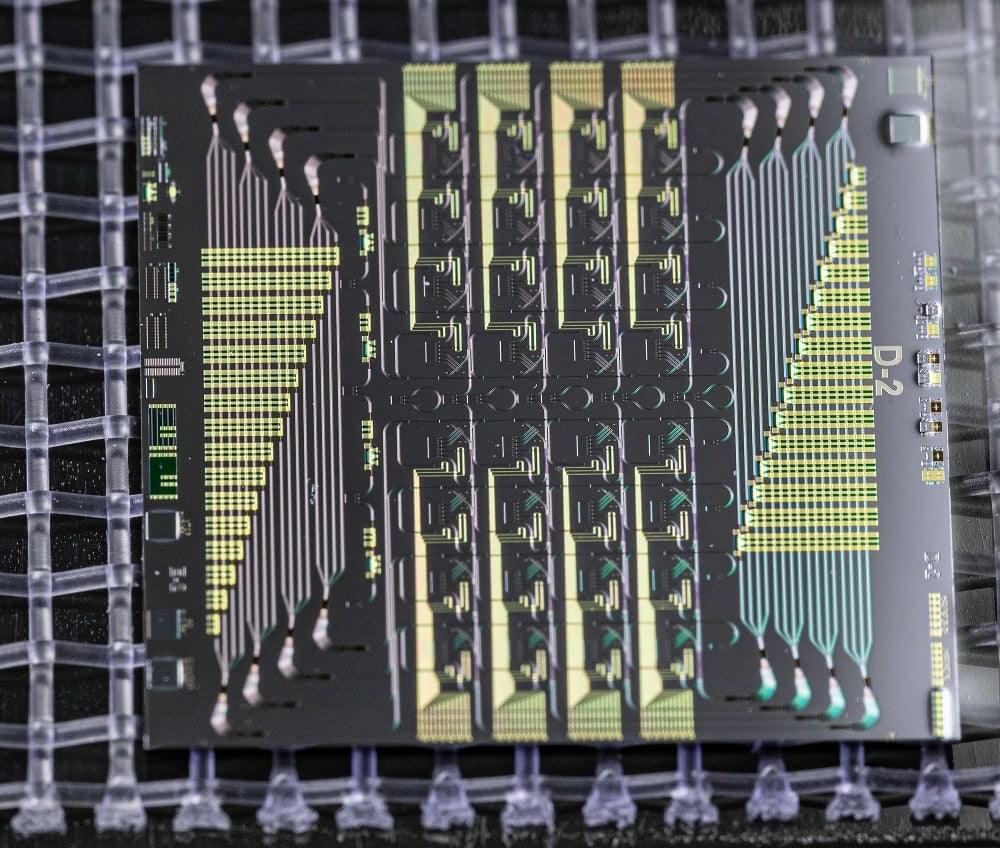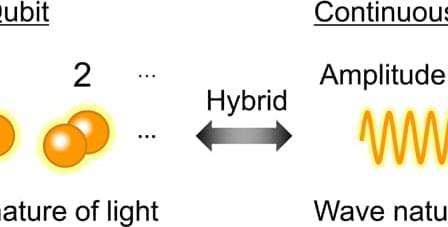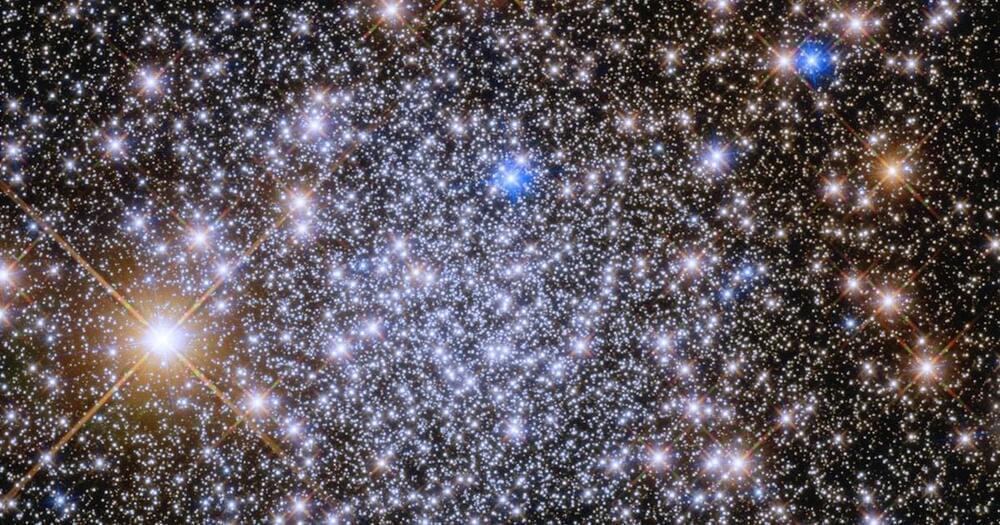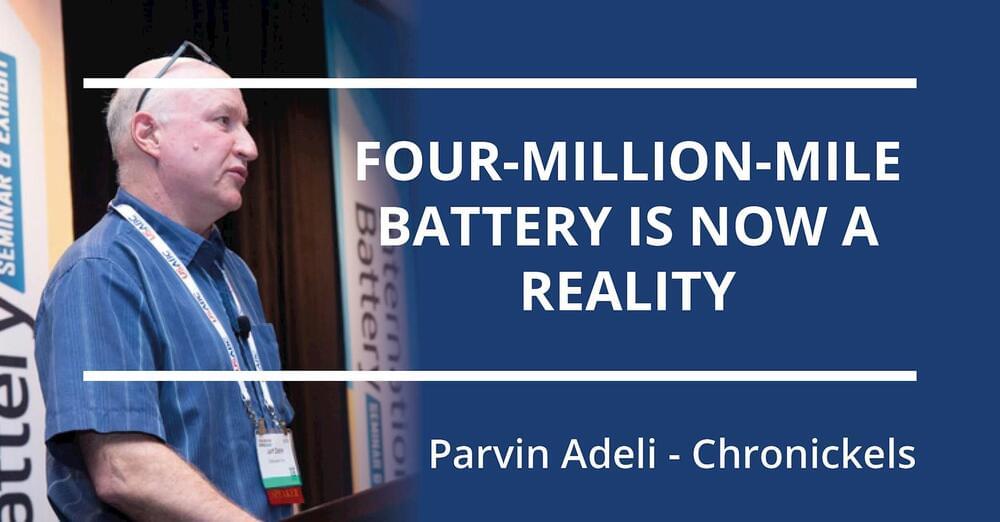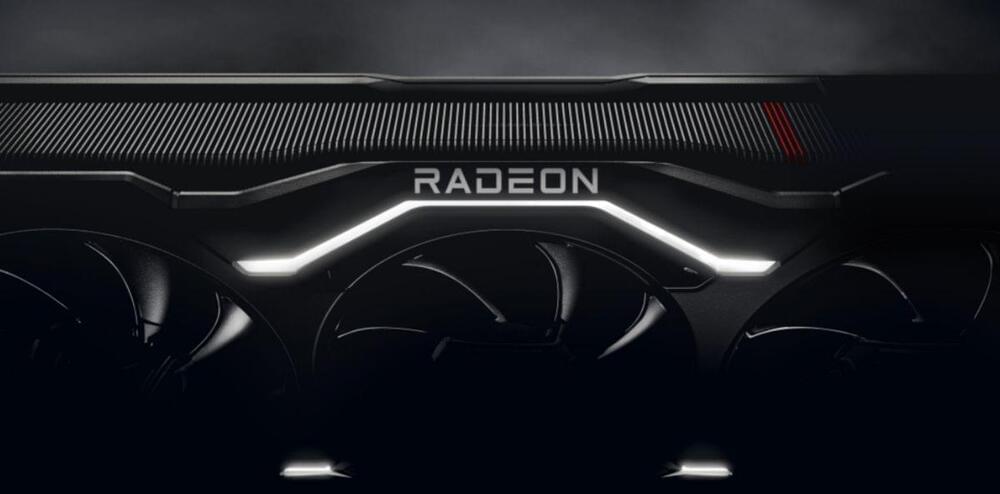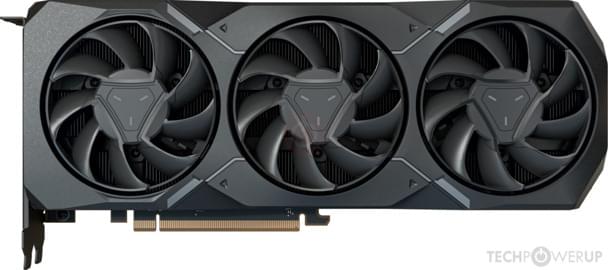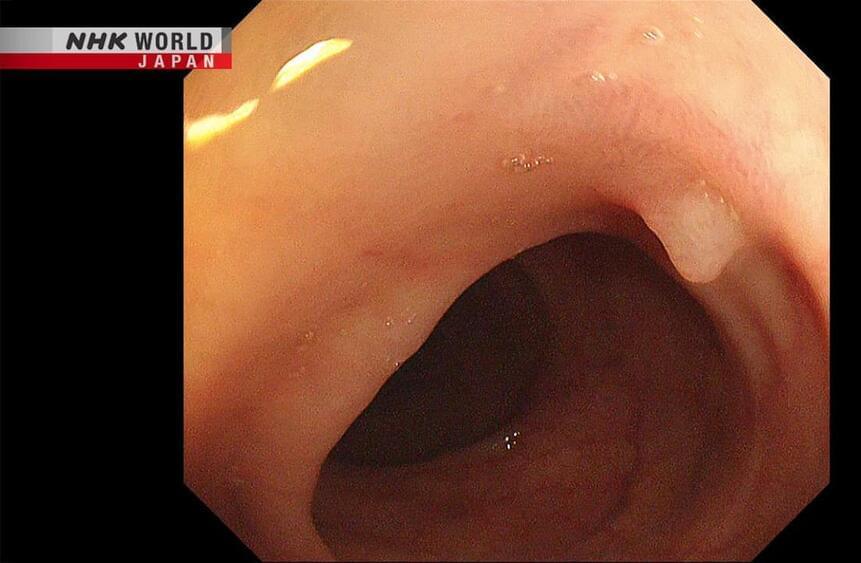D-Wave Systems, a pioneer in quantum annealing-based computing, today announced significant upgrades to its constrained quadratic model (CQM) hybrid solver that should make it easier to use and able to tackle much larger problems, said the company. The model can now handle optimization problems with up to 1 million variables (including continuous variables) and 100,000 constraints. In addition, D-Wave has introduced a “new [pre-solver] set of fast classical algorithms that reduces the size of the problem and allows for larger models to be submitted to the hybrid solver.”
While talk of using hybrid quantum-classical solutions has intensified recently among the gate-based quantum computer developer community, D-Wave has actively explored hybrid approaches for use with its quantum annealing computers for some time. It introduced a hybrid solver service (HSS) as part its Leap web access portal and Ocean SDK development kit that D-Wave in 2020. The broad hybrid idea is to use classical compute resources where they make sense – for example, GPUs perform matrix multiplication faster – and use quantum resources where they add benefit.
The HHS also relies on familiar tools and helps deal with the nagging challenge of squeezing large practical problems onto, relatively speaking, D-Wave’s small quantum systems. Its systems are massive (Advantage has 2,000 qubits, Advantage2 is expected to have 5,000 qubits) compared with current gate-based quantum computer sizes (IBM is expected to soon debut a 400-plus qubit processor). But quantum annealing is a different beast and works differently. In most ways, the comparison is not at all apples-to-apples.
